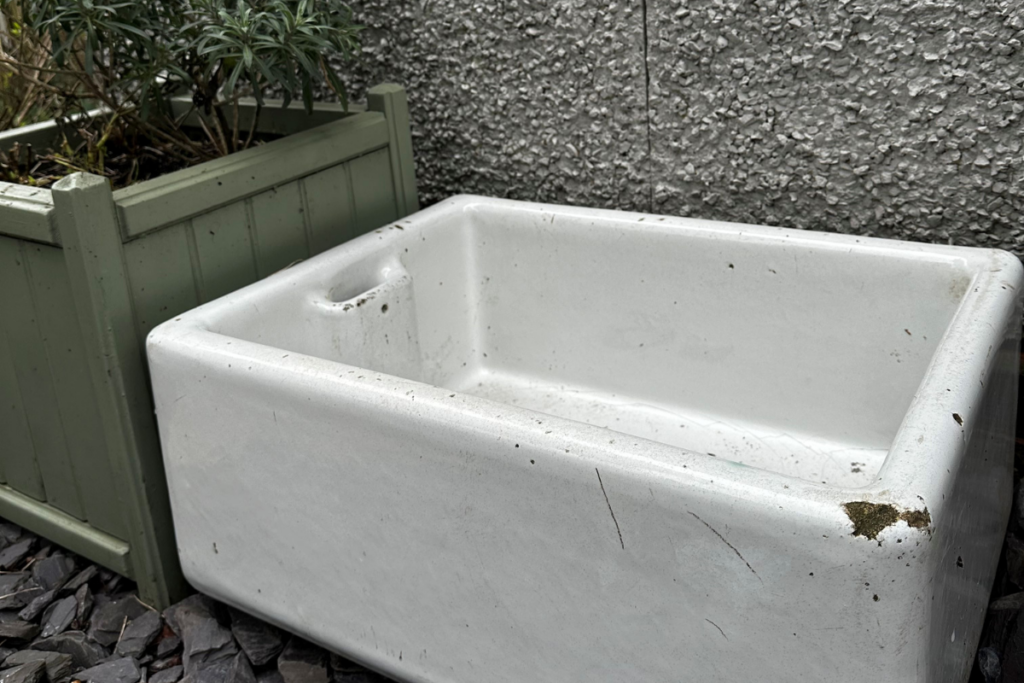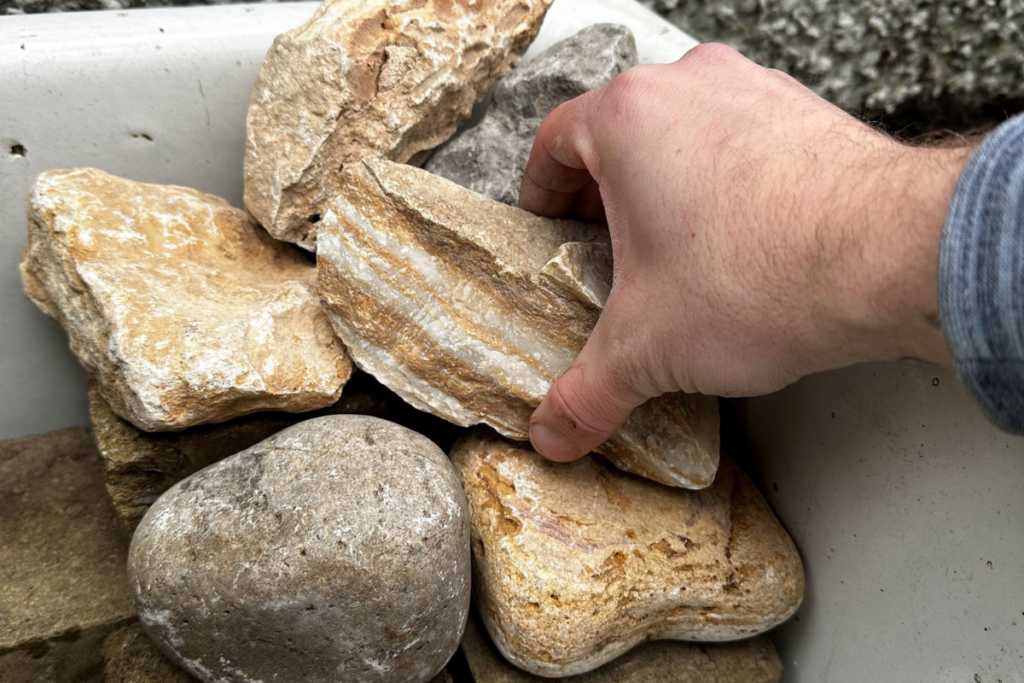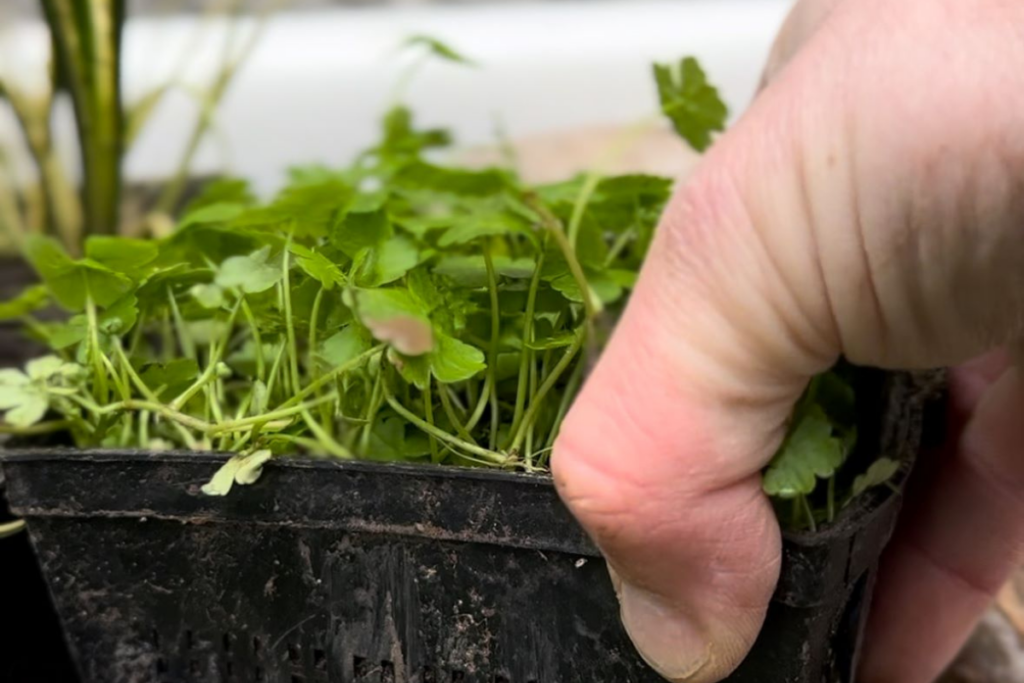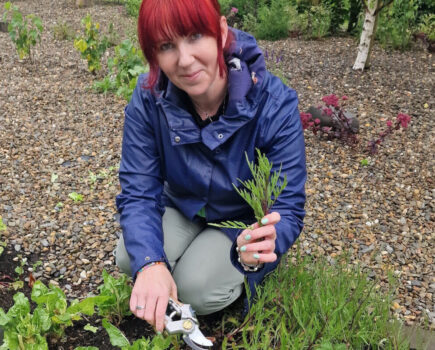A simple water feature looks great and is a boon for wildlife
Gardening as we know, is far from plonking a few plants in the ground and hoping for the best (although it does sometimes feel that way). It’s about the world around us and the animals and creatures that choose to make our gardens, their homes. The plants we do grow will attract insects and all manner of beneficial critters, which in turn make our green spaces more biodiverse in a myriad of exciting and useful ways. Planting for pollinators is always firmly on our agenda, but how about taking that a step further to encourage in a wider array of wondrous wildlife?
A pond in a sink
No matter the size of your garden, balcony, patio or allotment, there are ways to feature water within. Even the smallest pond can help provide a valuable water source for an extensive array of creatures such as amphibians, birds and even dragonflies. So this month I’m going to show you how to create a wildlife attracting water haven out of an old, discarded sink.
Step 1

Choose your pond base. I’ve used an old Belfast sink, but you could even use a bucket or washing up bowl if you like, it doesn’t need to be large. I found this sink for free on a Facebook marketplace and if you’re lucky you might too.
Step 2

If you do choose to use a sink, start by sealing up the plug and any cracks or holes. Use a good silicone-based bathroom sealant for this or a specialist pond liner sealant, available in aquatic shops or online.
Step 3

Make sure to add large stones in one corner at least to allow wildlife to get in (and out) safely. I’ve also used bricks to make a ramp on the outside as my sink is raised off the ground.
Step 4

The exciting part is then choosing your plants (see below). I bought mine from rootsplants.co.uk and they have a fabulous selection to choose from.
Step 5

Once your plants are in place, add enough water to fill your pond and to meet the requirements of the plants you’ve chosen. You can use more bricks and stones to vary the heights of your plants as required.
Step 6

To take your pond onto another exciting level, you could even add a solar water fountain. Just say it’s for the birds. The movement in the water also helps with stopping algae growth too!
Top Tip: Make sure to use rainwater rather than tap water as this contains too many nutrients and chemicals that can encourage weed and algae growth. If you don’t have a water butt to harvest your rainwater then you could leave out some buckets and watering cans to save the water during your next downpour.
Step 7

When choosing plants try and opt for something to cover each of these categories.
Oxygenating plants such as Hydrocotyle sibthorpiodes variegate – essential for keeping a pond healthy and the water clear.
Marginal plants such as Iris louisiana ‘Black Gamecock’ – for gorgeous flowers that’ll attract insects such as dragonflies.
Floating plants such as Aponogeton distachyos (Water Hawthorn) not only are they attractive, but they provide shelter for underwater wildlife.
Root Plants have a wide variety of plants available and even have ‘collections’ too which takes the hassle out of choosing your own individual plants if you’re not sure what to go for.
And there you have your very own pond for your garden. Despite the tips I’ve given you for stopping the build-up of algae growth, this may still happen from time to time so you can just use a gloved hand or a pond skimming net to scoop it out if that does happen.
You can find Adam on Instagram @viewfromthepottingbench for more garden DIY, advice, and nifty projects for you to try yourself.
Find more tips, advice and articles like this at the Amateur Gardening website. Subscribe to Amateur Gardening magazine now.





